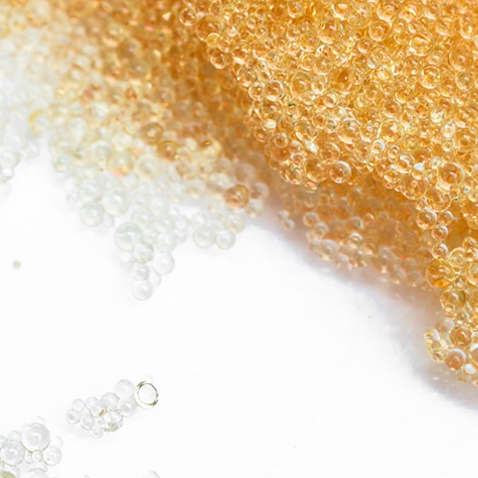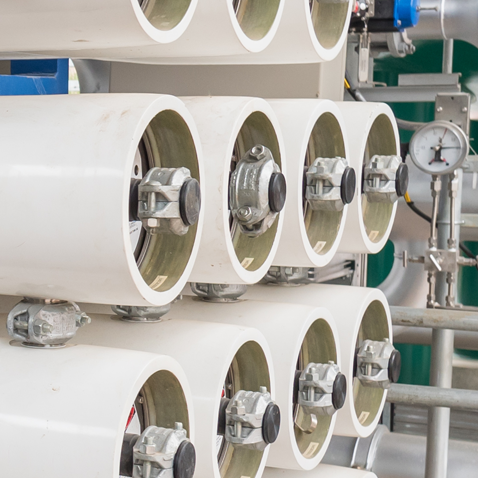Chemical & Petrochemical
Product solutions for separations, catalysis and purification across the entire workflow of operations with decades of proven performance. Catalysis solutions are offered through the polymeric catalysts resins of the Amber series allowing for manipulation of their polymer morphology and porosity to optimize conversion and selectivity by controlling transport properties, providing customers with an edge to operate at peak capacity. Additionally, options for selective contaminant removal, minimal discharge liquid products, and industrial wastewater treatment options allow operators to turn waste into a resource and to robustly address increasing regulatory pressure.
Ion Exchange


Chemical processing requires advanced and precise operating techniques and procedures. DuPont Water Solutions products address a wide range of separations, catalysis and purification needs across the entire operations workflow. For decades, we have been the premier supplier of polymeric ion exchange (IX) resins that are used to produce, purify, and recover some of the most commercially important elements in the world. We specialize in catalysis and separation technologies, as well as industrial water treatment, and feature some of the most recognized brand names in the industry.


Filmtec RO technology provides an industry-leading, high performance, reliable, and cost-effective solution for chemical & petrochemical applications.


DuPont's IntegraPac UF membranes provide the right solution in the chemical & petrochemical industry for containerized systems, groundwater, industrial water pretreatment, surface water, or water reuse. Also common for protecting downstream RO elements.
Reverse Osmosis


EDI technology is a smart alternative to, and effective replacement of, conventional mixed bed ion exchange. And since electricity is EDI’s only consumable, this method of permeate polishing does not produce a hazardous waste stream, allowing power plants to produce continous high purity water while saving time, money, and space. DuPont EDI-210 and EDI-310 ion exchange modules contain a gaussian, gel, strong base anion exchange resin for industrial demineralization.
Ultrafiltration
Electrodeonization
Ion Exchange


Chemical processing requires advanced and precise operating techniques and procedures. DuPont Water Solutions products address a wide range of separations, catalysis and purification needs across the entire operations workflow. For decades, we have been the premier supplier of polymeric ion exchange (IX) resins that are used to produce, purify, and recover some of the most commercially important elements in the world. We specialize in catalysis and separation technologies, as well as industrial water treatment, and feature some of the most recognized brand names in the industry.
Reverse Osmosis


Filmtec RO technology provides an industry-leading, high performance, reliable, and cost-effective solution for chemical & petrochemical applications.
Ultrafiltration


DuPont's IntegraPac UF membranes provide the right solution in the chemical & petrochemical industry for containerized systems, groundwater, industrial water pretreatment, surface water, or water reuse. Also common for protecting downstream RO elements.
Electrodeonization


EDI technology is a smart alternative to, and effective replacement of, conventional mixed bed ion exchange. And since electricity is EDI’s only consumable, this method of permeate polishing does not produce a hazardous waste stream, allowing power plants to produce continous high purity water while saving time, money, and space. DuPont EDI-210 and EDI-310 ion exchange modules contain a gaussian, gel, strong base anion exchange resin for industrial demineralization.
